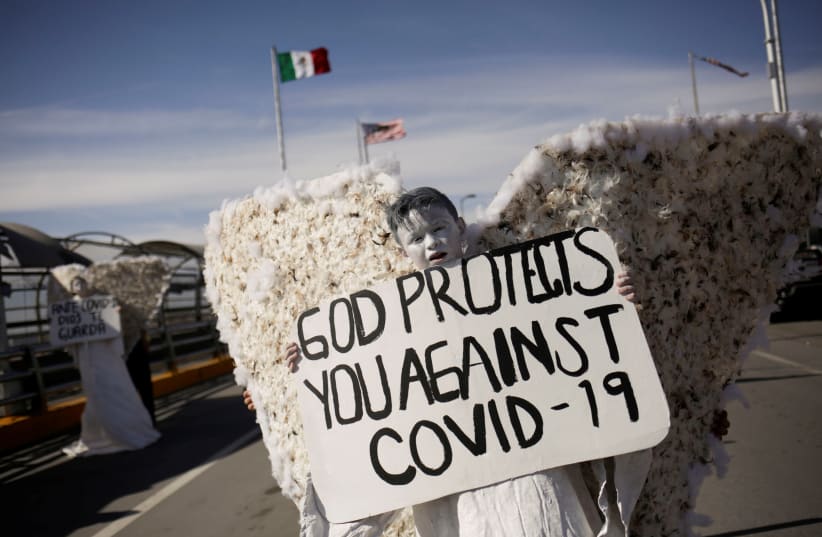Political leaders and health experts urged Americans celebrating Good Friday and the Easter weekend under threat of the coronavirus to avoid church gatherings and observe the holidays at home as the US death toll from COVID-19 surpassed 18,600.
Dr. Anthony Fauci, the government's top infectious disease expert, and other health officials pointed to declining rates of coronavirus hospitalizations and admissions to intensive care units - particularly in hard-hit New York state - as signs that social distancing measures are paying off.
"Now is no time to back off," Fauci told CNN on Friday. "The virus will decide" when the country can begin to reopen from state-at-home orders imposed in recent weeks across 42 states, he added.
Those measures have taken a staggering toll on American commerce, with some economists forecasting job losses of up to 20 million by month's end, raising questions about how long business closures and travel restrictions can be sustained.
The Trump administration renewed talk of quickly reopening the economy after an influential university research model this week lowered its U.S. mortality forecasts to 60,000 deaths by Aug. 4, from at least 100,000, assuming that social-distancing measures remain in place.
The New York Times cited separate forecasts from the US departments of Homeland Security and Health and Human Services projecting the death toll could reach 200,000 if stay-at-home orders are lifted after 30 days.
The United States by far accounts for most of the world's confirmed cases of COVID-19, the highly contagious lung ailment caused by the novel coronavirus, with at least 500,000 known infections and more than 18,600 deaths. Only Italy has recorded more fatalities.
Prisons and jails, along with nursing homes and other institutions with large populations confined in close quarters, have proven especially vulnerable to outbreaks, with hundreds of infections and several deaths reported among inmates in Illinois, New York and Louisiana.
On Friday, officials said 68 residents and two staff members at a San Francisco homeless shelter had tested positive, marking one of the largest known clusters of coronavirus infections yet in such a facility anywhere in the country.
The outbreak there seemed at odds with promising data presented by California Governor Gavin Newsom showing that social distancing has worked so far to flatten the arc of infections in his state.
New York state, the U.S. epicenter of the pandemic with some 7,800 deaths to date, likewise has seen glimmers of hope this week.
After three days of record daily deaths, New York state's COVID-19 toll from April 9 stood at 777, down from 799 deaths a day earlier, Governor Andrew Cuomo reported on Friday. But New York's ICU admissions declined "for the first time since we started this journey," he said.
In Michigan, more than 200 people died from COVID-19 in the last day. "We are not out of the woods yet," Governor Gretchen Whitmer said.
